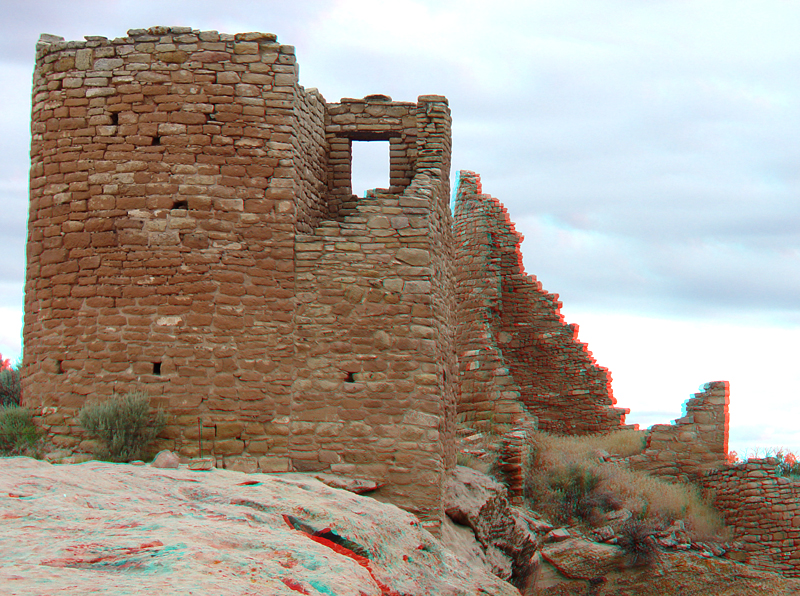
Archeological evidence suggests that humans utilized the Cajon Mesa region as far back as 10,000 years. Groups of early hunting and gathering peoples first followed large game in the region. Later peoples adapted to a more agricultural life styles, utilizing the variety of natural plant resources in the region. Nearly 2,000 years ago, hunter-gatherers began growing crops in the region and became increasingly sedentary, first occupying shelters in natural shallow caves, then constructing pithouses in many of the region's canyons or mesa tops where water resources were nearby. With gradual advances in agricultural methods, more varieties of crops, basketry, pottery, and eventually trade networks. By the late 1200s, overuse of resources, climatic changes, possibly conflict, and perhaps forces of pressure from outside the region forced the Ancestral Puebloans to abandon their homes and leave the region (Thompson, 2004; NPS, 2006).